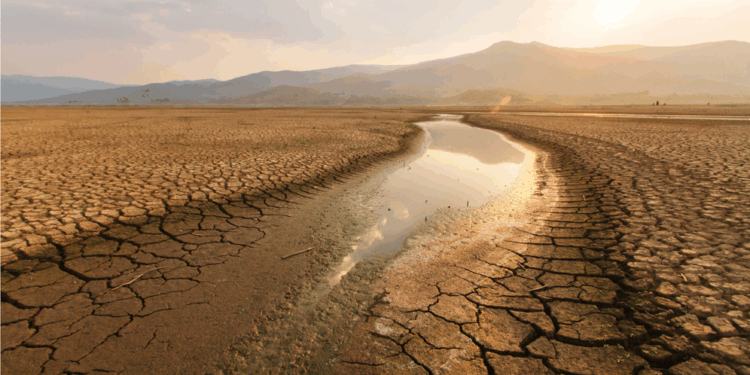Assam has recorded a 44 percent deficit in rainfall over the past two months, sparking concerns over a looming drought that could severely impact agricultural activity across the state. The alarming shortfall has left farmers struggling, with delayed planting in many areas and drought-like conditions emerging in several districts.
According to data from the India Meteorological Department (IMD), Assam received only 444.1 mm of rainfall in June and July, compared to the average of 788.4 mm. The significant shortfall has disrupted paddy transplantation and other critical kharif season activities.
District-wise analysis from the IMD paints a grim picture. South Salmara district recorded the highest deficit, receiving just 194.0 mm of rainfall — an 84 percent shortfall from its average of 1207.6 mm during the same period. Darrang followed closely with a 79 percent deficit, while Barpeta, Bajali, and Dhubri recorded 73, 72, and 65 percent rainfall deficits respectively.
The impact on agriculture has prompted action at the state level. Assam Chief Minister Himanta Biswa Sarma recently acknowledged the crisis, confirming that five districts — Kokrajhar, Barpeta, Dhubri, Baksa, and Bongaigaon — had reported rainfall 40 percent below average, leading the state government to declare drought-like conditions in the affected regions.
“This rainfall deficit has significantly affected farming activities across the state,” the Chief Minister stated earlier this week, noting the state’s readiness to assist farmers through relief measures if the situation worsens.
Farmers in the affected districts report delays in sowing and transplanting of paddy seedlings, and many are now anxiously watching for rain in the coming weeks. While some districts have managed limited agricultural operations, others are experiencing parched fields and wilting crops.
Agricultural experts warn that if the monsoon does not pick up in August, the damage to Assam’s agricultural output could be extensive, especially in rural regions where farming is the primary livelihood.
As the state monitors the situation closely, authorities have urged the central government for additional support and contingency planning to address the growing crisis.





